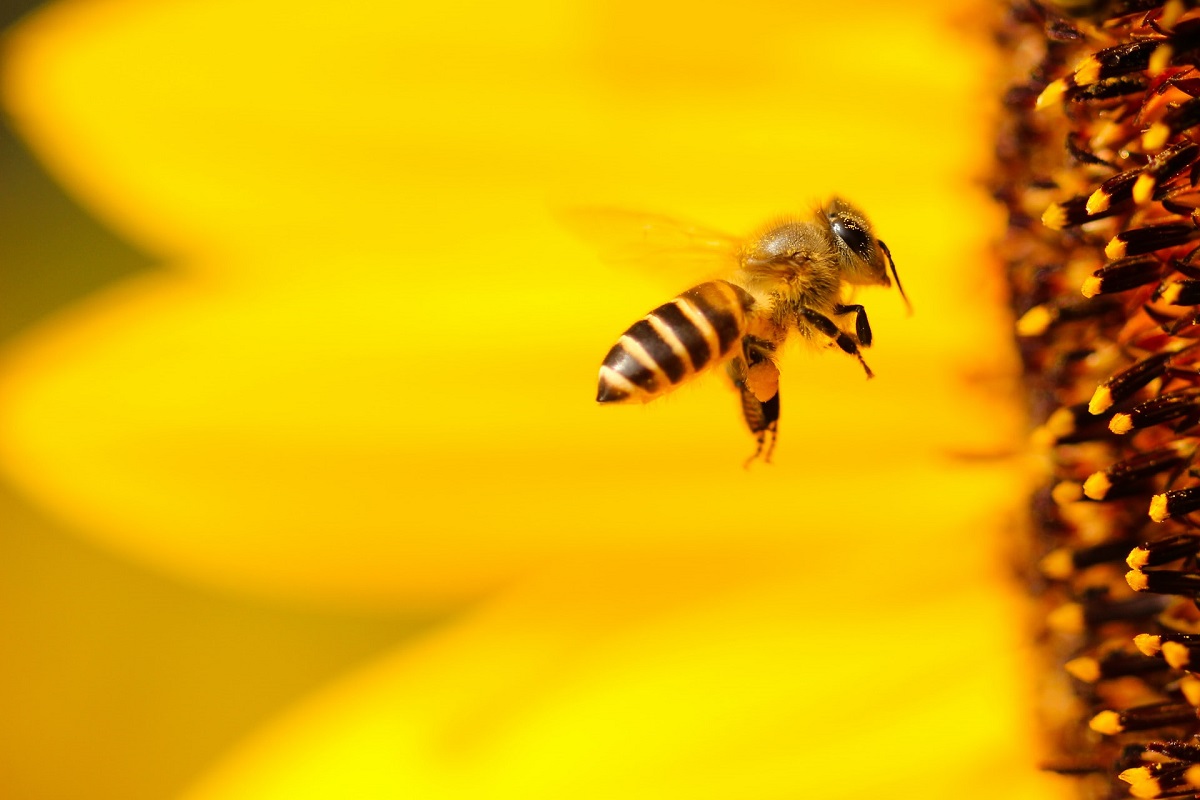
Gene Drive Model Increases Knowledge Against Destructive Bee Parasite
April 27, 2022| |
Many measures have been proposed to control varroa mites (Varroa destructor), one of the most significant bee pests globally. These measures include physical and chemical treatments, but researchers are still pursuing other methods to reduce their threat and one of them is through gene drive technology.
Existing methods are laborious, not completely effective and may affect the bees. A recent study by scientists from Scotland and the US demonstrated that a genetic control system using gene drive could be an alternative tool. However, it would require specific colony-level management practices to overcome the challenges of both inbreeding and haplodiploidy.
The researchers were able to determine that the most promising direction may be to design neutral drives with environmentally induced fitness effects, like spreading a toxin precursor for example, or drives that remove insecticide (acaricide) resistance alleles. Drives that target genes involved in varroa-viral interactions may also be prospective.
Further analysis of the model suggests that controlling varroa growth with acaricides may be an effective way to improve the spread of gene drives as this will allow more time for the gene drive to fix. However, it is recommended that these findings be investigated further to address risks of acaricide resistance among varroa populations, as well as the risk of acaricide itself towards honeybees.
Learn more from Apidologie.
| |
You might also like:
- Bt Crops are Safe for Honey Bees
- Genetically Engineered Gut Bacteria Boost Honey Bees' Immunity, Limit Pathogens
- Scientists Develop New Approach to Protect Honey Bees
Biotech Updates is a weekly newsletter of ISAAA, a not-for-profit organization. It is distributed for free to over 22,000 subscribers worldwide to inform them about the key developments in biosciences, especially in biotechnology. Your support will help us in our mission to feed the world with knowledge. You can help by donating as little as $10.
-
See more articles:
-
Gene Drive Supplement (April 27, 2022)
- WHO Presents Latest Innovations in Controlling Malaria
- Gene Drive Model Increases Knowledge Against Destructive Bee Parasite
- Development of CRISPR-Cas9-based Gene Drive in Budding Yeast
- CSIRO Research on Spatial Modeling for Population Replacement of Mosquito Vectors
- CBD Acknowledges Science and Innovation Valuable for Conservation
- Experts Explain Difference Between CRISPR and Gene Drive
-
Read the latest: - Biotech Updates (December 17, 2025)
- Gene Editing Supplement (December 17, 2025)
- Gene Drive Supplement (February 22, 2023)
-
Subscribe to BU: - Share
- Tweet

